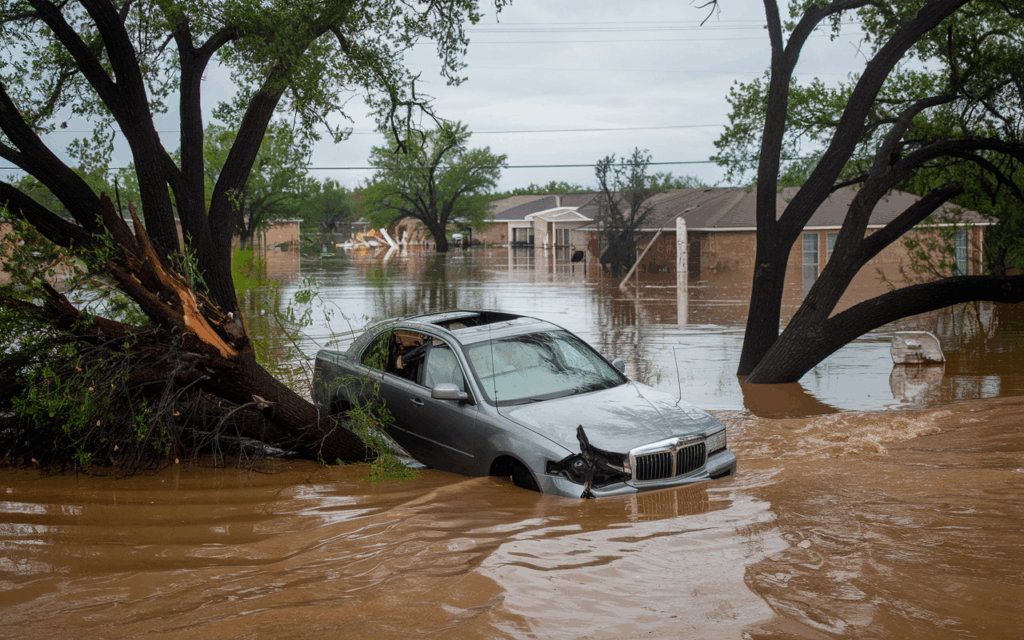The Truth Behind the Texas Floods: No, a Cloud-Seeding Startup Did Not Cause Them 🌧️
The recent devastating floods in Texas have led to an outpouring of speculation and theories about their cause. Among these, one particular narrative has gained traction: that a cloud-seeding startup named Rainmaker was somehow to blame. Let’s unpack this theory, shall we? 🧐
The Conspiracy Theories
In the aftermath of natural disasters, it’s common for people to search for reasons and scapegoats. Sadly, misinformation can spark conspiracy theories that divert attention from the real issues at hand. As articulated in a detailed analysis by Tim De Chant of TechCrunch, claims suggesting that Rainmaker's cloud-seeding efforts caused the Texas floods are unfounded.
Atmospheric scientists, such as Katja Friedrich from the University of Colorado Boulder, have openly stated that cloud seeding had no impact on the floods. Recent comments from Professor Bob Rauber highlight the absurdity of these theories. "It’s just a complete conspiracy theory. Somebody is looking for somebody to blame," he said.
The Science of Cloud Seeding ☁️
For context, cloud seeding has been used since the 1950s and involves introducing particles—often silver iodide—into clouds to promote precipitation. When these particles collide with super-cooled water droplets, they encourage freezing, which can eventually lead to snow or rain.
However, the impact of cloud seeding is relatively tiny compared to the vast amount of water being processed during significant weather events. For instance, a study conducted in Idaho highlighted that while cloud seeding can add about 186 million gallons of precipitation, this is mere peanuts compared to the trillions of gallons involved in a typical storm.
Moreover, claims regarding Rainmaker's influence are further undermined by the timeline. The company was conducting cloud-seeding operations days before the catastrophic storm, meaning the relevant air masses had drifted far from the area by the time the flood occurred.
Climactic Considerations 🌪️
It’s crucial to note that cloud seeding is most effective in certain conditions—primarily in mountainous regions during winter. The weather systems typically seen in Texas, particularly in the summer, involve distinct types of cumulus clouds that do not respond to cloud seeding in the same way.
Professor Rauber points out that the natural processes within thunderstorms are already highly effective. Thus, attempting to seed these clouds wouldn't change the outcome significantly; indeed, it might be counterproductive.
Conclusion: Seeking Accountability 🔍
In the grand narrative of climate change, extreme weather events like those in Texas force us to confront tough realities. Instead of scapegoating innovative technologies or individuals, we should focus on tackling climate change head-on and preparing for its ramifications—both social and scientific.
Let's not allow conspiracy theories to detract from important conversations about our environment and its future. 🌎💔 If you’re interested in learning more about the science of cloud seeding, check out the full article on TechCrunch.
Stay informed, stay curious, and let’s make sure we’re getting our facts straight! 📝✨

More Stories
Meta’s AR Ambitions and AI Safety: Insights from the Equity Podcast
Insight Partners Data Breach: A Wake-Up Call for Cybersecurity Awareness
Lovable’s Ascendancy: Anton Osika at TechCrunch Disrupt 2025